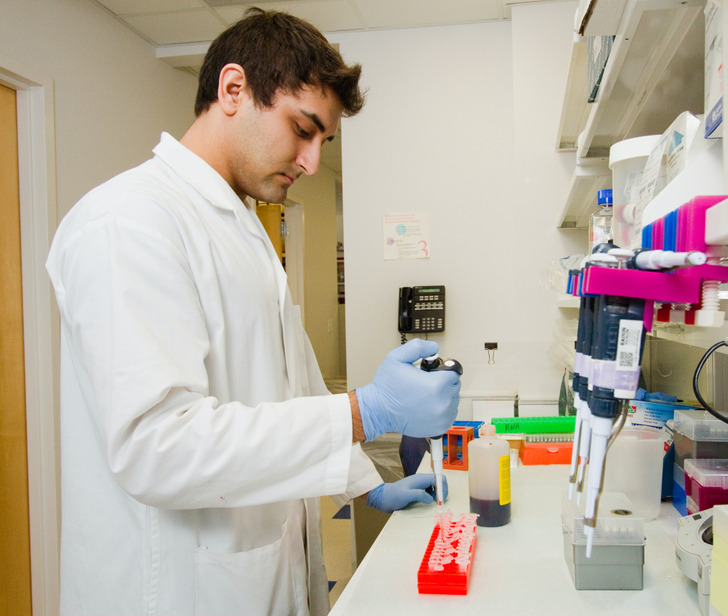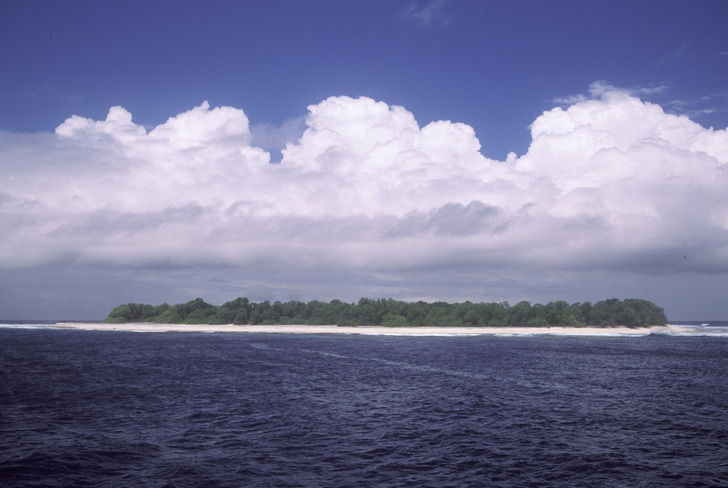10 Cool News Stories That Give Us Hope for a Better Future
Have you ever dreamed of reading only good news? Then this article is what you need. Here we have collected 10 important, inspiring, encouraging, and just positive news stories that can make your day a little better. This information may help to improve your mood and will charge up your optimism.
1. Vaccine against malaria
Malaria is a dangerous disease caused by parasites that enter the body through the bite of a certain type of mosquito. There are millions of cases of malaria every year, making it one of, if not the deadliest, disease ever. It causes significant damage to the budget of those countries where it is common.
Malaria control has stagnated in recent years, but a breakthrough has recently been made: an effective vaccine has been developed. It is designed to protect children, as the most vulnerable part of the population, from the disease and to ensure that they develop into healthy adults. The vaccine has been proven effective in countries with moderate to high malaria prevalence and could save up to 500,000 children’s lives annually.
2. Advancing the use of stem cell treatment
Scientists continue to study the effect of stem cell transplantation in the treatment of many conditions like stroke, Parkinson’s disease, osteoarthritis, etc. Stem cell therapy in the treatment of cancer is also continuing to improve. Several types of this treatment are officially approved and are currently used in healthcare.
Stem cells are a type of cell that grows inside our bone marrow, the soft tissues of bones, blood, and blood from the umbilical cord. Stem cells are transplanted from the patient themselves or from a donor whose bone marrow matches the patient’s bone marrow as closely as possible. After they reach maturity, they become red blood cells, white blood cells, or platelets that prevent clotting.
3. Scientists predict that the hole in the ozone layer is going to disappear
The ozone shield or ozone layer is a part of the stratosphere that absorbs the most UV radiation from the Sun. In the second half of the 20th century, scientists discovered that certain man-made chemicals affect the number of ozone molecules. As a result, an enormous hole in the ozone shield opened up over Antarctica. Most countries made a common decision to cut the production of certain goods.
Dangerous chemicals used in air conditioners, refrigerators, hair sprays, and some cleaning products were gradually excluded. Now researchers have found that the content of harmful substances in the ozone layer has decreased. In 2022 they announced that the concentration had fallen by just over 50% compared to the 1980s. Now scientists predict that the hole in the ozone shield will be gone around 2070.
4. Nepal has almost tripled the population of wild tigers
The goal of doubling the number of tigers living in the wild was set by tiger range countries in 2010. In 2022, Nepal became the first country to publish updated numbers of individual tigers. Tigers in this country are no longer on the verge of extinction.
Their numbers have increased by 190% and have amounted to 355 individuals. Excellent results have become possible thanks to the prevention of poaching and animal trading, and the protection of tiger habitats and corridors.
5. The invention of new-generation robotic pills that help deliver meds better
A group of scientists decided to improve the delivery and absorbance of drugs and help people who have to give themselves regular shots to be able to take their medications in pills. They have developed a robotic capsule with a mini motor that spins the whole device helping it burrow past layers of mucus in the intestines.
The pill may help meds disperse and absorb into tissues more efficiently. In particular, it is designed to help people with diabetes. In the future, after going through the proper stages of studies, these types of pills may replace regular shots.
6. Packaging made of seaweed with multiple benefits for the environment was invented
Researchers created a seaweed-based grease-resistant polymer. It can be used to produce packaging for fast-food and other products. This material is as recyclable as paper but doesn’t require any wood. The feedstock for the polymer is environmentally regenerative. The cultivation of seaweed will help to save trees, reduce greenhouse gases, and rehabilitate marine environments.
7. Incredible coral reef rebirth around the Pacific Line Islands
In 2015-2016 during El Niño, a larger number of coral clusters on the coral reef of the Pacific Line Islands suffered from increasing water temperatures. Almost half of the reef turned into a lifeless mass. But one of the coral species managed to survive and revive the whole ecosystem. Marine biologists have been monitoring the coral recovery, and now, 6 years later, the coral has restored the reef with exuberance. Small reef fish began to reproduce in abundance, and big predators are back and thriving.
8. All-electric plane takes the first flight

Recently the all-electric airplane, also known as Alice, took off for the first time. The 9-minute test flight was an unconditional success. Alice is expected to become the first all-electric passenger plane. Now it’s waiting to be certified for commercial service.
The plane’s batteries are reported to provide more than 3,000 flight hours. Alice doesn’t produce carbon emissions and dramatically reduces noise. Its flight hour costs several times less than that of high-end turboprops or light jets. All-electric aircraft being economically and ecologically sustainable is supposed to start a new epoch in regional travel. They have the potential to provide access to airports not used due to noise and operating hour restrictions.
9. Countries unite to end plastic pollution by 2040
Plastic pollution is one of the most serious environmental problems. The level of plastic waste in the environment is expected to triple in a few decades. Plastic contamination is found on mountain peaks as well as in the deep of the oceans. Microplastic particles are already in our blood and lungs.
A group of like-minded countries has partnered to form a coalition to fight plastic pollution. Their basic goals are the limitation of plastic production and consumption, enabling a circular economy for plastics, and the achievement of a sufficient level of waste management and recycling. The global aim of the coalition is to end plastic pollution by 2040.
10. Scientists discovered how to turn nightmares into positive dreams
A new study gives hope to those suffering from bad dreams. Experts designed a new therapy able to turn nightmares into positive dreams.
During the experimental stage, the participants received a certain sound while imagining a positive dream scenario. The sound was repeated via headphones during their sleep. The therapy was evaluated as effective. The participants noticed a significant reduction in nightmares with a simultaneous increase in good dream experiences.
What’s the best good news you received recently? Do you prefer reading the news every day or practicing digital detox?








